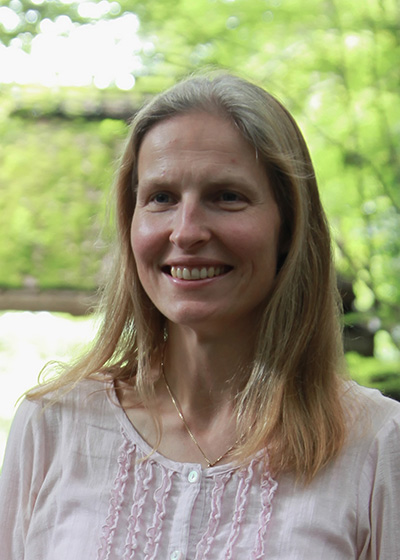The Visual Arts of Kyoto
Sliding screens; moving museum
This lecture will introduce the breathtakingly magnificent visual arts of Kyoto through Buddhist art, sliding-screen paintings, and the “moving museum” of Gion Matsuri. Buddhism has had an enormous impact on the arts and culture of Japan, and nowhere is this more visibly manifest than in the ancient capital of Kyoto, renowned for its especially high concentration of temples and their visual arts. Sliding screen paintings (fusuma-e) define and decorate much of traditional architecture, encompassing temples, castles, palaces, and great residences, visually articulating an intended mood and message related to space and function. Lastly, Kyoto’s greatest festival, Gion Matsuri, displays an astounding array and versatility of art works of both Japanese and international origin on the huge floats that are yearly reassembledand taken on procession through the city.
Catherine Ludvik

Catherine Ludvik obtained a Ph.D. at the University of Toronto in the Centre for the Study of Religion and teaches Japanesereligion, visual arts, culture and history at Doshisha University and Kyoto Sangyo University. Spanning Indian and Japanese religions and their visual arts, her research interests focus on the metamorphoses of originally Indian deities in the texts, images and rituals of Japan, as well as on ascetic practices and pilgrimage. She is the author of Hanuman in the Ramayana of Valmiki and the Ramacaritamanasa of Tulasi Dasa (1994), Recontextualizing the Praises of a Goddess (2006) and Sarasvati, Riverine Goddess of Knowledge (2007), and is currently working on the goddess Uga-Benzaiten and the Shikoku Henro pilgrimage.
